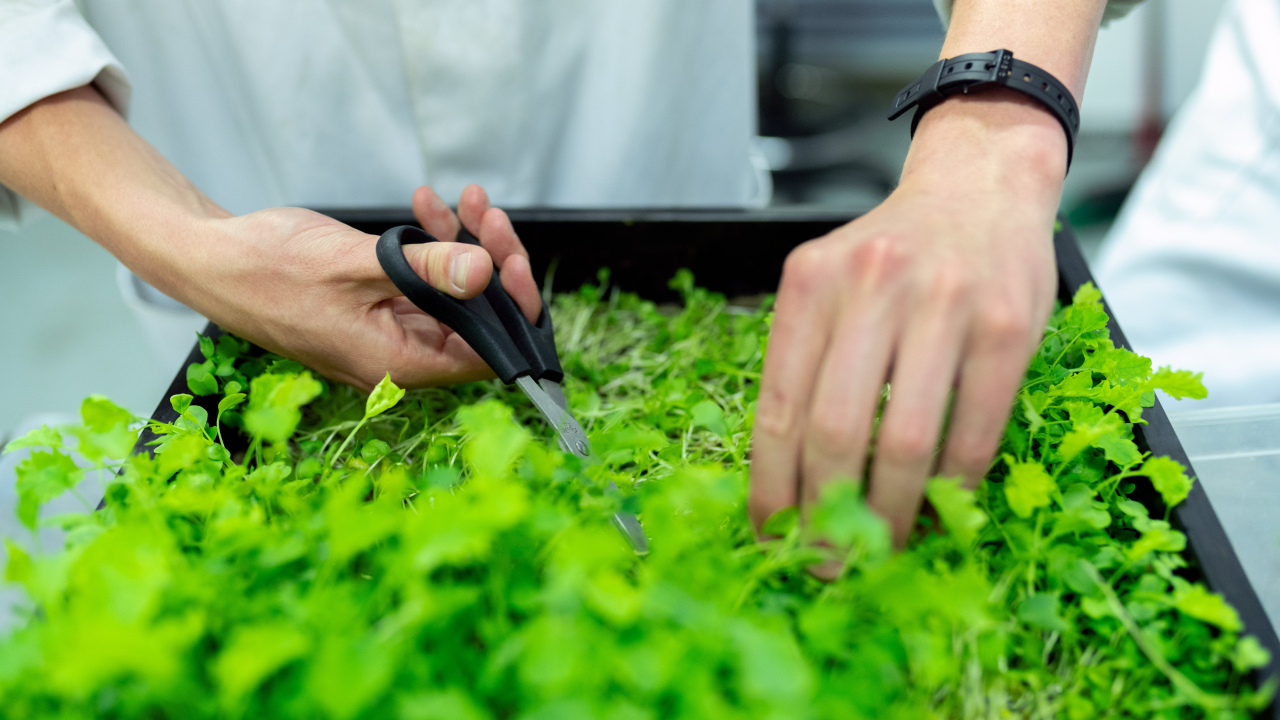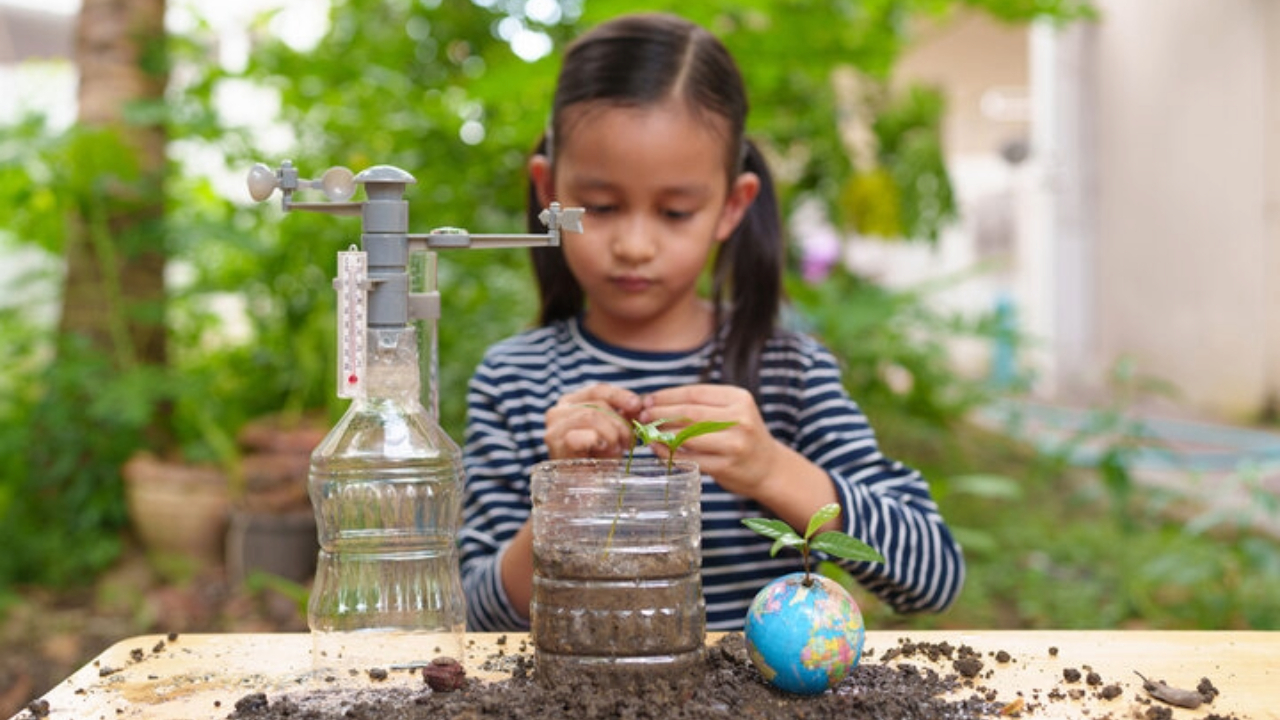Learning to Take Risks at a Young Age to Promote Environmental and Sustainability Awareness

Their knowledge of Ecology and Sustainability is a part of this. Raising children to be risk-takers is one technique to help them get this perspective.
A game is considered risky if it poses a significant threat or uncertainty to the player. It can involve everything from playing on slick surfaces to using sharp equipment to climbing trees. Though it may make grownups nervous, dangerous play is crucial for kids' growth and development.
When it comes to environmental and sustainability awareness, risky play can be a powerful tool. When children are allowed to take risks, they learn to appreciate the natural world and understand the importance of taking care of it. They also learn to think creatively about how to solve environmental problems.
Children who participate in risky play, for instance, are shown to be more environmentally conscious and willing to take steps to safeguard the planet than their less adventurous peers. Of course, it is important to supervise children when they are engaging in risky play. The goal is to provide them with opportunities to take risks in a safe environment.
Here are some tips for encouraging risky play in Early Years Education:
• Provide children with a variety of materials and equipment that they can use to explore and experiment. This could include things like buckets, boxes, ropes, and ladders.
• Set clear boundaries and rules for risky play. This will help children to understand the risks involved and to make safe choices.
• Be a positive role model. Show children that you are not afraid to take risks yourself.
• Be patient and understanding. It takes time for children to learn how to assess risks and manage their emotions.
Stay up to date
Subscribe to the free GESS Education newsletter and stay updated with the latest insights, trends, and event news every week. Your email address will remain confidential

